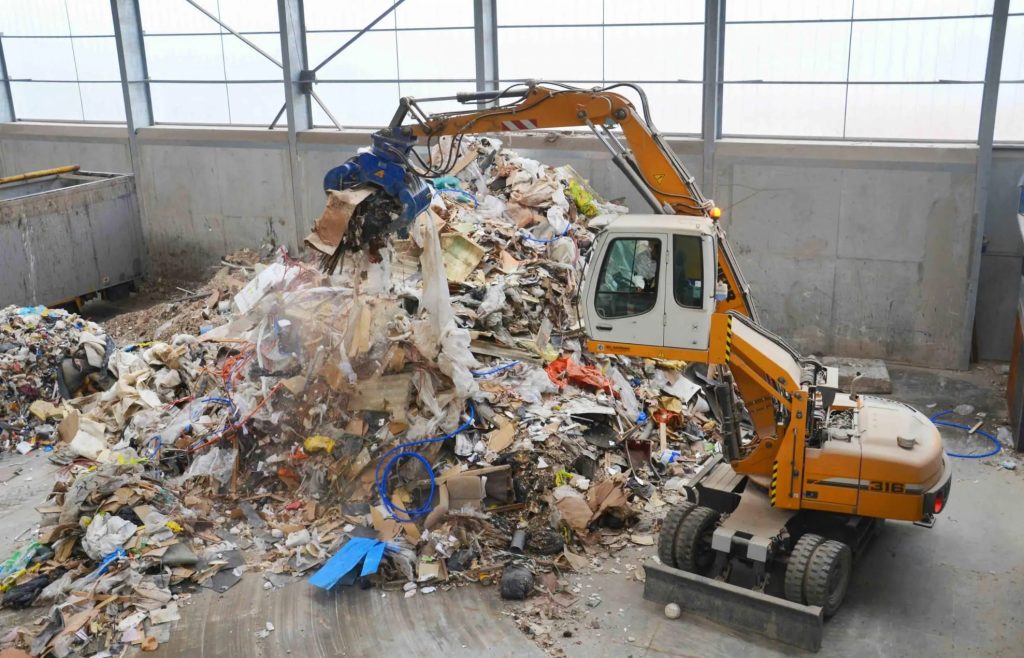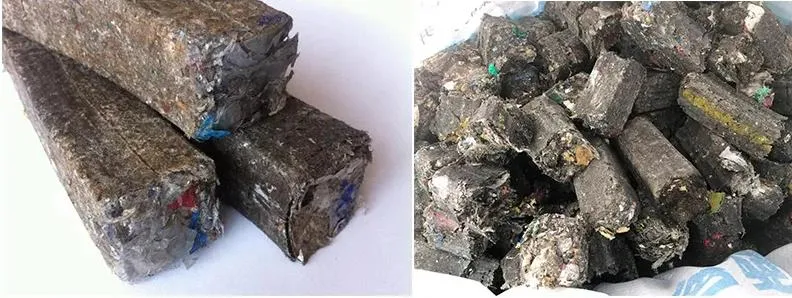Address
No. 128, Binhe Road, Gongyi City
Zhengzhou City, Henan Province, China, 451200
Contact us
Phone: (+86) 13386837400
WhatsApp/WeChat: (+86) 13386837400
Address
No. 128, Binhe Road, Gongyi City
Zhengzhou City, Henan Province, China, 451200
Contact us
Phone: (+86) 13386837400
WhatsApp/WeChat: (+86) 13386837400
As global energy demand rises, power plants are exploring innovative fuel sources to improve sustainability and reduce reliance on traditional fuels. One promising alternative is to utilize shredded municipal solid waste (MSW) as boiler fuel. This article takes an in-depth look at the benefits of using shredded MSW for power generation, the shredding requirements for fuel-grade waste, and the shredder models recommended for this application.

Shredded MSW can serve as a renewable energy source when processed and used as refuse-derived fuel (RDF). Here are some reasons why it works:

For MSW to be used as boiler fuel, it must meet specific criteria to ensure efficient combustion and minimal equipment wear: